Industry information
Company News
- Aluminum Ceiling: The Shining 'Wings of the Sky' in Modern Architecture
- Honeycomb aluminum plate: a perfect fusion of lightness and sturdiness
- Customized aluminum veneer to create your own modern style wall
- Aluminum curtain wall: the fashionable new darling of the construction industry
- Aluminum Curtain Wall: The Fashion Choice of Modern Architecture
Industry dynamics
- Aluminum veneer customization, creating a new trend of personalized space!
- Application of hyperbolic aluminum veneer in urban buildings
- Aluminum veneer customization, creating a new trend of personalized space
- The magical charm of honeycomb aluminum plate: a lightweight and strong secret weapon
- Can aluminum veneer be used for building insulation design?
Frequently asked questions
- Can aluminum veneer achieve customized design?
- Has the production process of aluminum veneer reduced energy consumption?
- Is the surface treatment of aluminum veneer durable?
- How to evaluate the impact of environmental certification for aluminum veneer on the appearance of buildings?
- Can aluminum veneer be used in the design of building arch bridges?
contact us
Mobile:+86 15627778610
Email: 2201229786
Address: No. 5 Binjiang Road, High tech Zone, Zhaoqing City, Guangdong Province
Analysis of Color Stability of Aluminum Veneer
- Author: Lesilong Technology (Guangdong) Co., Ltd
- Release time: 2022-03-01 14:30:13
- Click:0
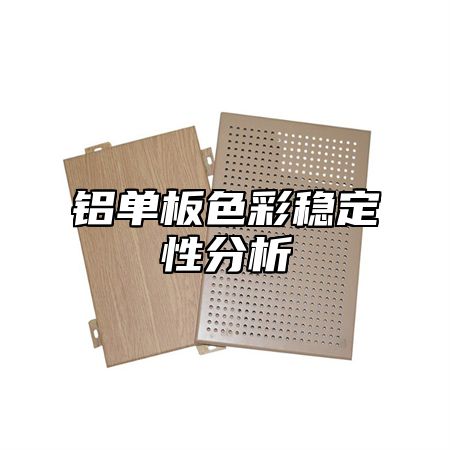
Aluminum veneerAs a new type of building material, its color stability is an important factor affecting its aesthetics and service life. Below is a detailed introduction to the color stability analysis of aluminum veneer.
1、 Color stability of aluminum veneer
The color stability of aluminum veneer is mainly related to its surface treatment method. Generally speaking, high-quality aluminum veneers should undergo surface treatment processes such as anodizing to form a dense, hard, and wear-resistant oxide film, thereby improving the color stability of the aluminum veneer. Some special treatment methods such as spraying, rolling coating, etc. can further improve the color stability of aluminum veneer.
2、 Factors affecting the color stability of aluminum veneer
1. Surface treatment process
The surface treatment process of aluminum veneer has a significant impact on its color stability. Generally speaking, anodizing treatment can form a stable oxide film, thereby improving the color stability of aluminum veneer. However, if not handled properly or for a short period of time, it may lead to uneven oxide film or crack formation, thereby affecting the color stability of aluminum veneer.
2. Coating thickness
The coating thickness of aluminum veneer is also one of the factors affecting its color stability. Generally speaking, the thicker the coating, the better the color stability of aluminum veneer. However, if the coating is too thick, it may lead to poor leveling or color difference of the coating, thereby affecting the color stability of the aluminum veneer.
3. Coating quality
The coating quality of aluminum veneer is also an important factor affecting its color stability. High quality coatings should have good coverage, weather resistance, and UV resistance, forming a uniform and dense coating to improve the color stability of aluminum veneer. However, if the quality of the coating is poor or used improperly, it may lead to uneven coating or color difference, thereby affecting the color stability of the aluminum veneer.
3、 Conclusion and Prospect
As a new type of building material, the color stability of aluminum veneer is an important factor in ensuring its aesthetics and service life. In the future, with the continuous advancement of technology and the increasing awareness of environmental protection among people, the application scope of aluminum veneer will be better expanded and developed. It is also necessary to strengthen relevant research and experiments to further improve the quality and performance of aluminum veneer to meet the usage needs of different building structures.

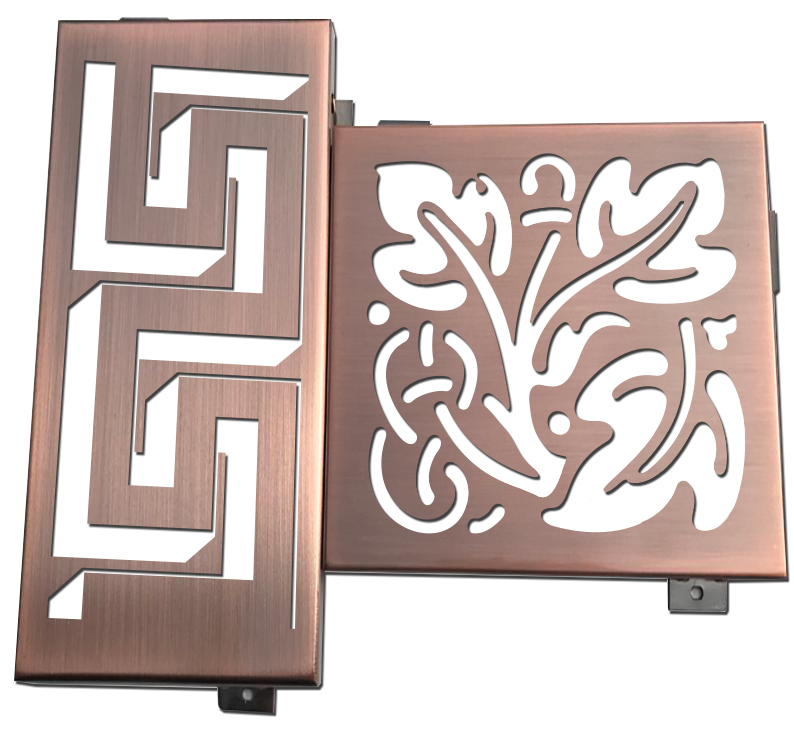
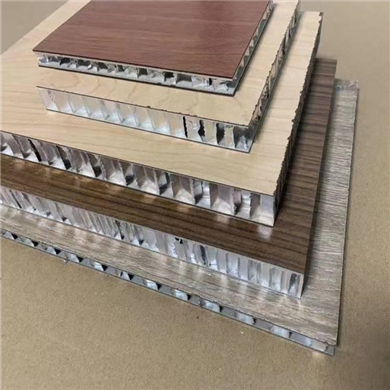
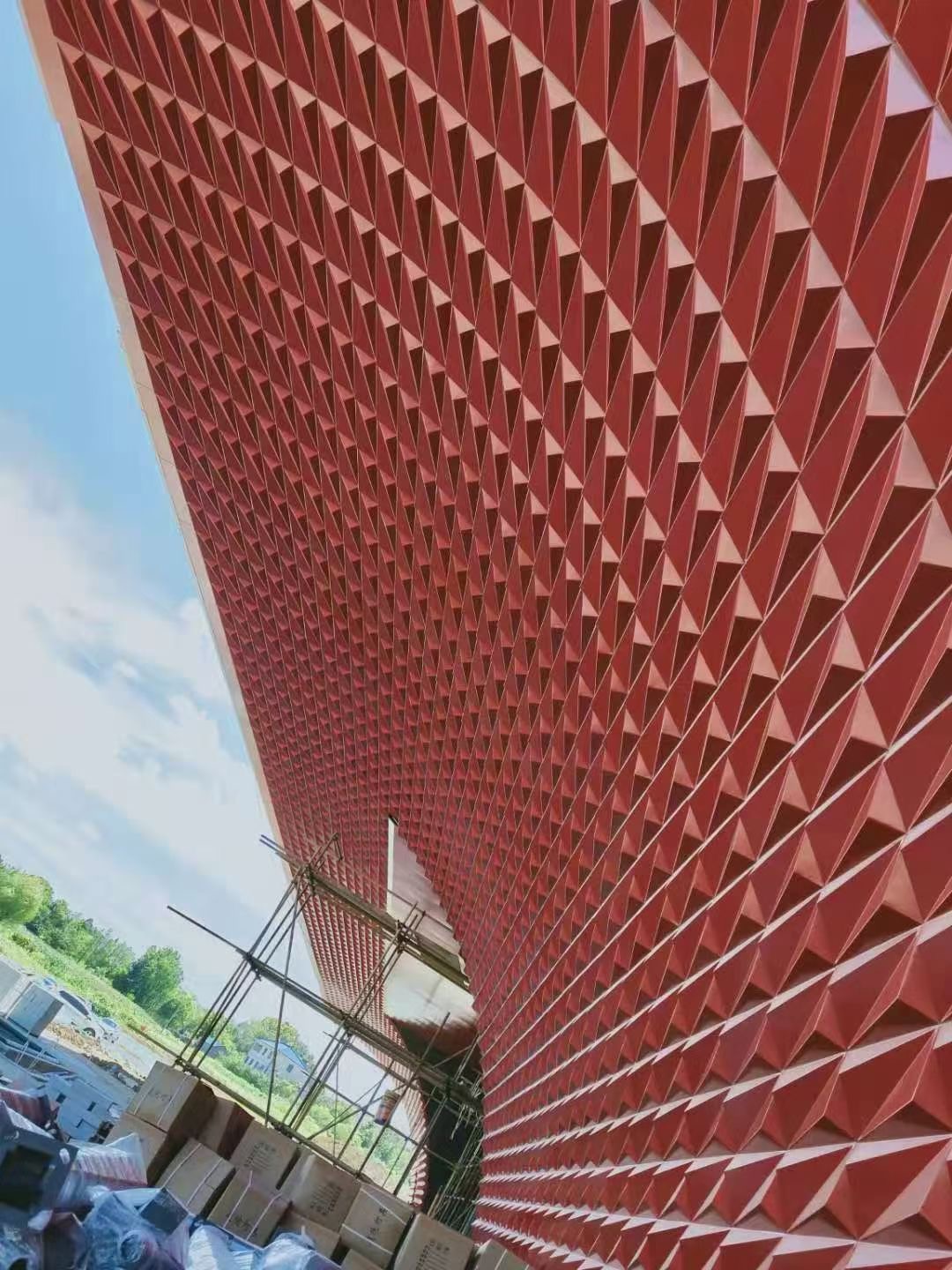
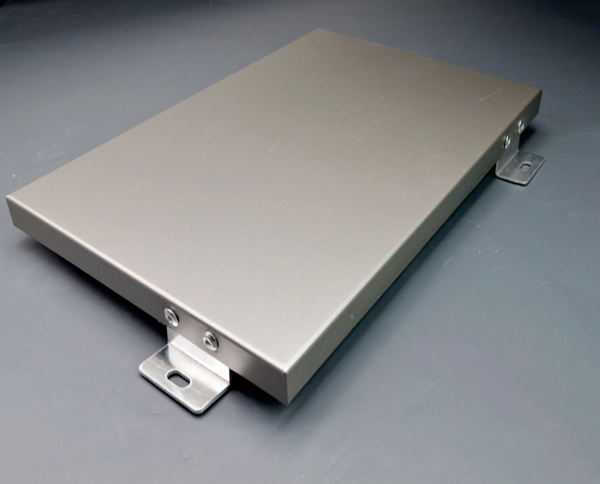
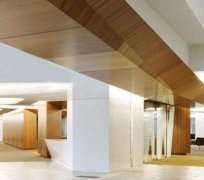

 Customer service QQ
Customer service QQ